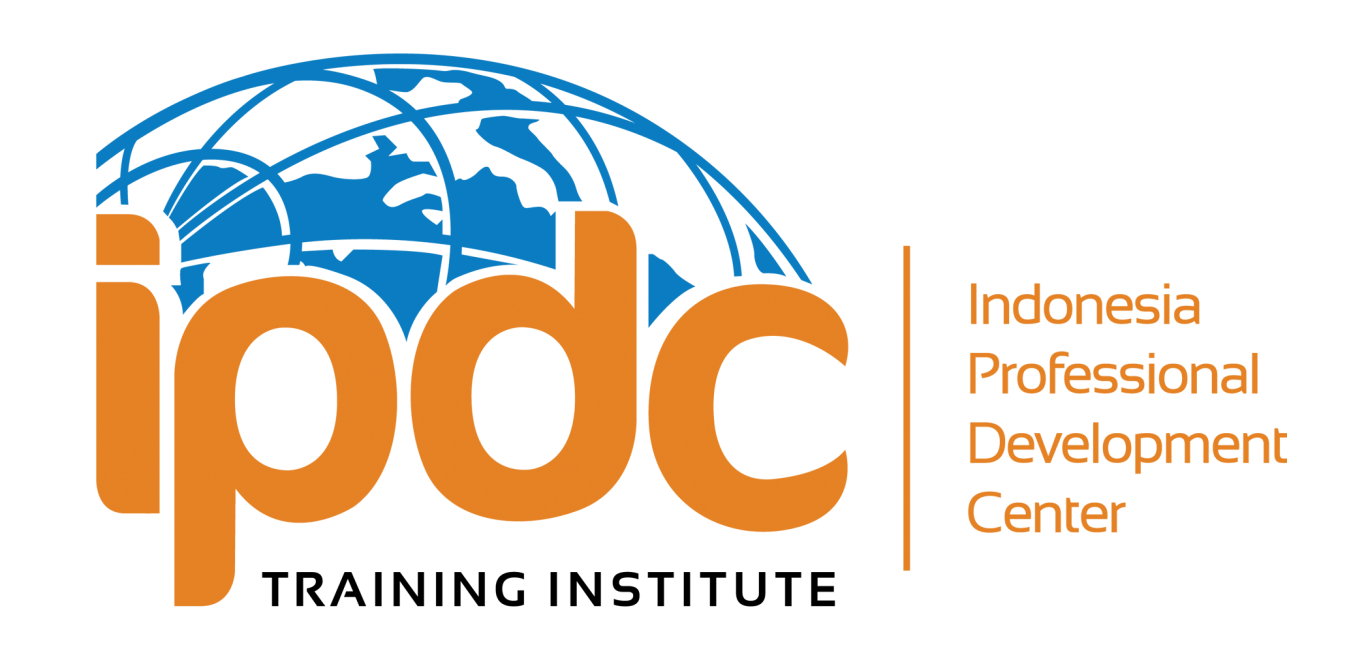Design Thinking in Accelerating Business Innovation
- Febryansyah Febryansyah
- Feb 7, 2024
- 2 min read

By implementing these strategies and providing ongoing support and training, organizations can help managers and supervisors develop the communication skills necessary to effectively lead and engage their teams
Design thinking is a human-centered approach to innovation that emphasizes understanding the needs and preferences of users, challenging assumptions, and rapidly prototyping solutions. When applied effectively, design thinking can accelerate business innovation in several ways:
Empathizing with Customers: Design thinking encourages businesses to deeply understand the needs, desires, and pain points of their customers. By empathizing with customers, businesses can uncover valuable insights that drive innovation and the development of products or services that truly resonate with users.
Identifying Opportunities: Through the process of empathizing, defining problems, and ideating solutions, design thinking helps businesses identify new opportunities for innovation. By reframing challenges as opportunities, businesses can uncover novel solutions that meet unmet needs in the market.
Iterative Prototyping: Design thinking emphasizes rapid prototyping and iteration. By creating low-fidelity prototypes and gathering feedback early and often from users, businesses can quickly test and refine their ideas. This iterative approach reduces the time and resources required to bring new products or services to market and increases the likelihood of success.
Cross-functional Collaboration: Design thinking encourages cross-functional collaboration among teams with diverse skill sets and perspectives. By bringing together individuals from different departments, such as marketing, design, engineering, and customer service, businesses can leverage a range of expertise to generate innovative ideas and solutions.
User-Centric Solutions: Design thinking prioritizes the end-user throughout the innovation process. By focusing on creating solutions that address real user needs and preferences, businesses can develop products or services that are more likely to succeed in the market and generate customer loyalty.
Fostering Creativity and Innovation Culture: Design thinking fosters a culture of creativity, experimentation, and risk-taking within organizations. By encouraging employees to think outside the box, challenge assumptions, and embrace failure as a learning opportunity, businesses can create an environment where innovation thrives.
Adaptability and Agility: In today's rapidly changing business landscape, adaptability and agility are essential for success. Design thinking equips businesses with the mindset and tools to quickly respond to evolving customer needs, market trends, and competitive pressures, enabling them to stay ahead of the curve and drive continuous innovation
Overall, by embracing design thinking principles and methodologies, businesses can accelerate innovation, create differentiated offerings, and maintain a competitive edge in the marketplace.





